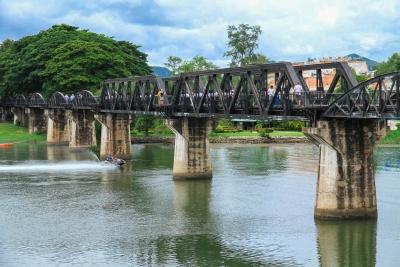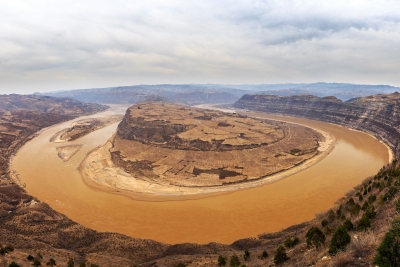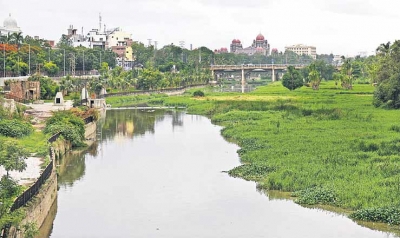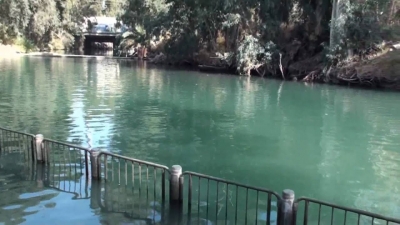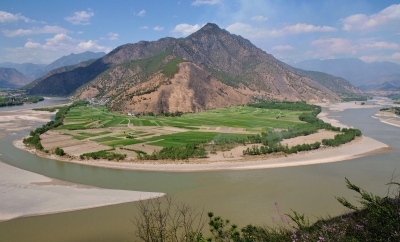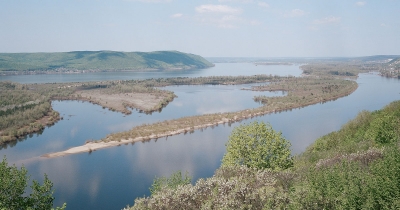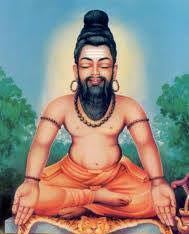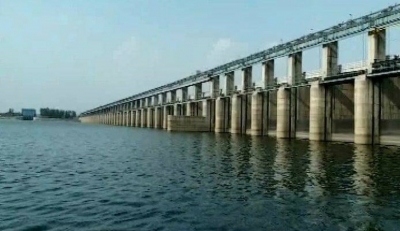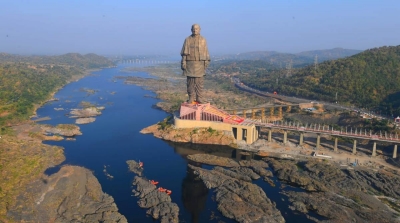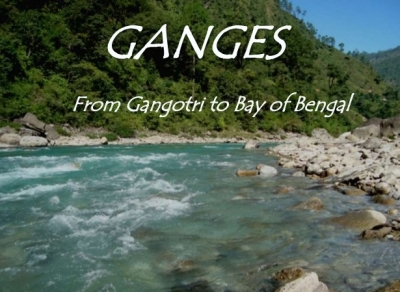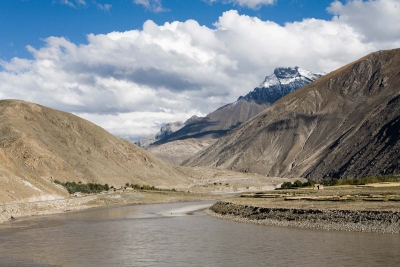On which river bank did the Battle of the Hydaspes happen?
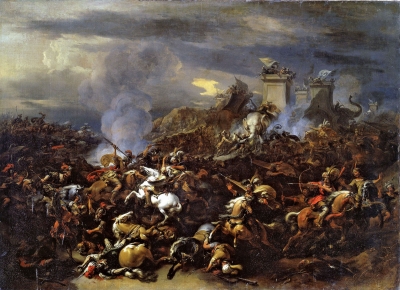
Battle of the Hydaspes, (326 BCE), fourth and last pitched battle fought by Alexander the Great during his campaign of conquest in Asia. The fight on the banks of the Hydaspes River in India was the closest Alexander the Great came to defeat.
The battle took place on the east bank of the Hydaspes River (now called the Jhelum River, a tributary of the Indus River) in what is now the Punjab Province of Pakistan. Alexander later founded the city of Nicaea on the site; this city has yet to be discovered. Any attempt to find the ancient battle site is complicated by considerable changes to the landscape over time. For the moment, the most plausible location is just south of the city of Jhelum, where the ancient main road crossed the river and where a Buddhist source mentions a city that may be Nicaea. The identification of the battle site near modern Jalalpur/Haranpur is certainly erroneous, as the river (in ancient times) meandered far from these cities.
Alexander had to subdue King Porus in order to keep marching east.[citation needed] To leave such a strong opponent at his flanks would have endangered any further exploits. Alexander could not afford to show any weakness if he wanted to keep the loyalty of the already subdued Indian princes. Porus had to defend his kingdom and chose the perfect spot to check Alexander's advance. Although he lost the battle, he became the most successful recorded opponent of Alexander.
Picture Credit : Google
